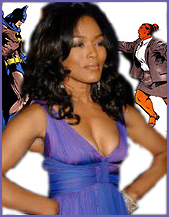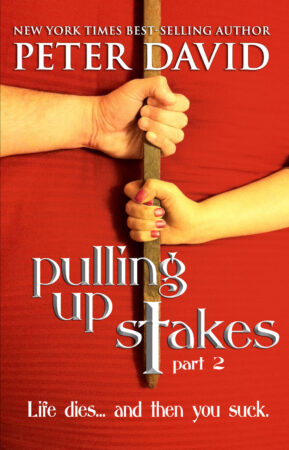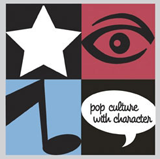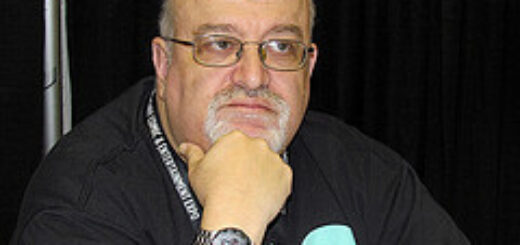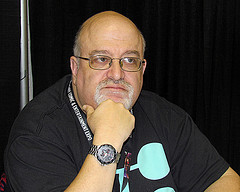Mindy Newell: To Tell The Truth
Is it a dirty word, especially when it comes to writing? Well, it depends. Simply put, there must be no embellishment when writing for a professional journal. The truth must be told.
There is a big difference between writing for a professional journal and writing fiction, or even this column. Writing for a professional journal must follow a proscribed style set by peer-reviewed organizations whose rules on grammatical usage, word choice, elimination of bias in language, the proper citation of quotes and references and the inclusion of charts and tables have become the authoritative source for all intellectual writing. This means that for me, as an RN, BSN, CNOR, I must adhere to the styles and standards set by the Publication Manual Of The American Psychologoical Assocociation (APA), which is “consulted not only by psychologists but also by students and researchers in education, social work, nursing, business, and many other behavioral and social sciences” (VanderBros, 2010) if I submit a paper or article to the Journal of the Association of Operating Room Nurses (AORN) for publication.
Does this mean that when I write fiction, or this column, I am allowed to freely embellish my stories? Does it mean that I am allowed to not to tell the truth?
Fiction writers do not really have one easily referenced professional publication in which the governance of grammar and punctuation are laid out in indisputable terms, in which the standards of style are set – though this does not mean I can sit down in front of my computer screen and write just one continuous sentence that goes on and on for pages and pages – well, perhaps I could if I was James Joyce. But all writers do need to start somewhere, and for anyone who has ever taken a creative writing course, or even tried to stay awake in their English high school class, the classic Elements Of Style, first written in 1918 by Professor William Strunk, Jr., is a good place to start. Strunk said something in that first edition that, 95 years later, has withstood the test of time and which, I believe, every writer, aspiring or published must integrate into his or her understanding of the art of writing:
“Vigorous writing is concise. A sentence should contain no unnecessary words, a paragraph no unnecessary sentences, for the same reason that a drawing should have no unnecessary lines and a machine no unnecessary parts. This requires not that the writer make all his sentences short, or that he avoid all detail and treat his subjects only in outline, but that every word tell.”
Elements was first revised in 1957 by New Yorker writer E. B. White (the author of the children’s classic Charlotte’s Web), and by 1979s third edition, listed 11 rules for grammar, 11 principles of writing, 11 standards for form, and 21 recommendations for style. (A search on Amazon revealed that Chris Hong updated The Elements Of Style for Kindle readers in 2011.) But there’s a lot more advice out there. A little while ago I entered “standards for fiction writing” on Google, and got 15,400,000 hits in 0.23 seconds.
On my bookshelf I have not only Elements of Style, but also Zen in the Art of Writing – Essays on Creativity by Ray Bradbury, Write for Yourself – The Book About The Seminar and Telling Lies for Fun and Profit, both by Lawrence Block, Write in Style – Using Your Word Processor and Other Techniques to Improve Your Writing by Bobbie Christmas, How I Write – Secrets of a Bestselling Author by Janet Evanovich with Ina Yalof, Inventing the Truth – the Art and Craft of Memoir edited by William Zinsser and which includes essays by such notables as Russell Baker, Annie Dillard, Toni Morrison, and Frank McCourt, Is Life Like This? – A Guide to Writing Your First Novel in Six Months by John Dufresne, The Weekend Novelist Rewrites the Novel by Robert J. Ray, Writing Fiction from the Gotham Writers’ Workshop, and Writers on Comics Scriptwriting which includes interviews with such illustrious authors as Peter David, Kurt Busiek, Garth Ennis, Neil Gaiman, Frank Miller, Jeph Loeb and Grant Morrison.
I also have Eisner/Miller – Interview Conducted by Charles Brownstein, which is wonderful not only for its historical perspective, but for a peep into two great creative minds, and “Casablanca – Script and Legend” by Howard Koch,” which is incredibly instructive in detailing how magic sometimes happens despite ornery studio heads, battling co-writers, and an inability to decide how the story ends. I also have Stephen King’s “On Writing: A Memoir of the Craft” on my to-buy list.
And to tell the truth, I sometimes think that all this advice is still not enough.
Reference: Vandehaus, Gary R. (2010). Publication Manual of the American Psychological Association. (6th ed., pp. xiii – xiv). Washington, D.C.: American Psychological Association.
To Be Continued…
TUESDAY MORNING: Emily S. Whitten
TUESDAY AFTERNOON: Michael Davis



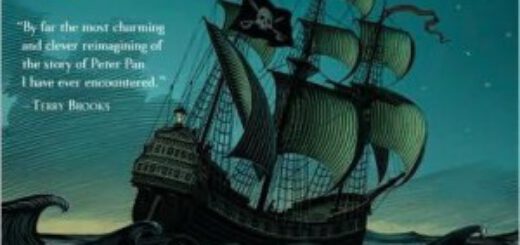
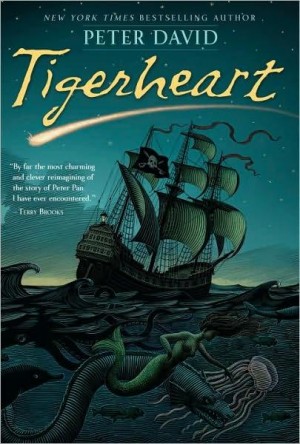
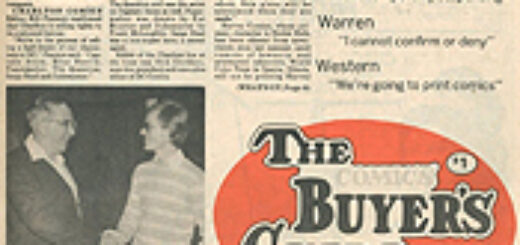
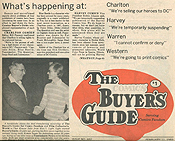

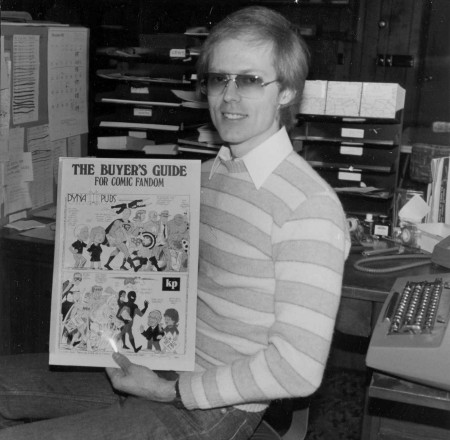 In the early days of comic book fandom, it took its cues from science fiction fandom since there was quite a bit of overlap. The early SF zines included names and addresses so as others began publishing, they knew where to find eager subscribers. The first pure comics zine, Richard Lupoff’s Xero, didn’t arrive until 1960 but it merely ignited a new wave of comics-only zines. By the time I discovered fanzines or 1960 or 1970, you sent some money and/or some stamps and they sent you a zine.
In the early days of comic book fandom, it took its cues from science fiction fandom since there was quite a bit of overlap. The early SF zines included names and addresses so as others began publishing, they knew where to find eager subscribers. The first pure comics zine, Richard Lupoff’s Xero, didn’t arrive until 1960 but it merely ignited a new wave of comics-only zines. By the time I discovered fanzines or 1960 or 1970, you sent some money and/or some stamps and they sent you a zine.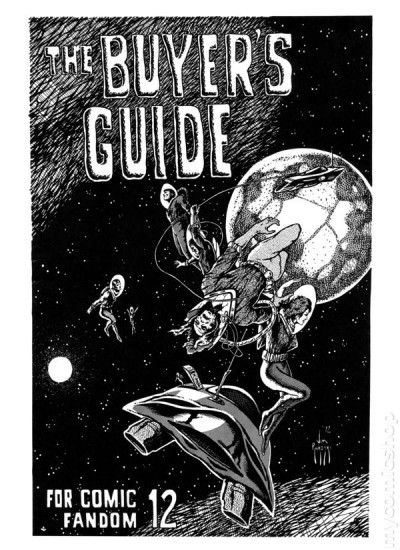 TBG offered us exclusive news and interviews with gorgeous original cover artwork. It broke news and ran pictures from conventions around the country. Flipping through the back issues would be like sifting through a time capsule of the industry. Companies retrenched and crumbled, others rose and fell in a blink of an eye. While credited with inventing the direct sales market in t1975 or so, Phil Seuling didn’t start advertising for his own Sea Gate Distribution until 1977, a significant step in the evolution of the importance the comics shops would become.
TBG offered us exclusive news and interviews with gorgeous original cover artwork. It broke news and ran pictures from conventions around the country. Flipping through the back issues would be like sifting through a time capsule of the industry. Companies retrenched and crumbled, others rose and fell in a blink of an eye. While credited with inventing the direct sales market in t1975 or so, Phil Seuling didn’t start advertising for his own Sea Gate Distribution until 1977, a significant step in the evolution of the importance the comics shops would become.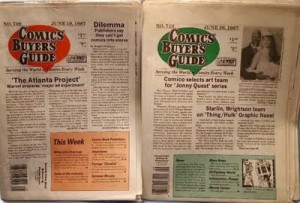 Yronwode left but other columnists came including Tony Isabella and Bo Ingersoll while Peter David’s But I Digress joined the roster in 1990. Tony and Peter have been contributing ever since, without fail, their pieces always entertaining.
Yronwode left but other columnists came including Tony Isabella and Bo Ingersoll while Peter David’s But I Digress joined the roster in 1990. Tony and Peter have been contributing ever since, without fail, their pieces always entertaining. Today, it was announced that issue #1699, out in March, will be the final issue. You would think they would go out in grand style with #1700 but Krause management never seemed to appreciate the quirky world it inherited when it bought Light’s dreamchild.
Today, it was announced that issue #1699, out in March, will be the final issue. You would think they would go out in grand style with #1700 but Krause management never seemed to appreciate the quirky world it inherited when it bought Light’s dreamchild.


